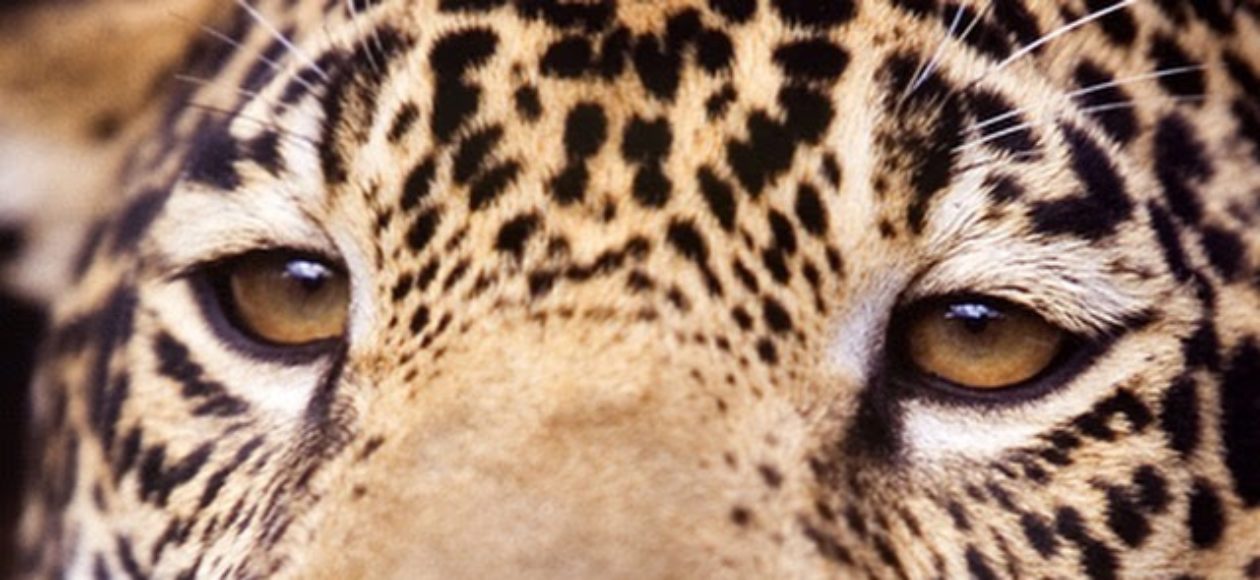G1 – RIO DE JANEIRO
Curtir isso:
Curtir Carregando...
18/01/17 – LION_LOVE_14
Curtir isso:
Curtir Carregando...
View this post on Instagram
Video by @joelsartore | This is Gigi, a two-week old snow monkey that is currently being hand-raised by her keepers at @blankparkzoo since her mother did not have the skills necessary to feed and raise her. When she’s old enough she will be reintegrated into her troop. In the wild, these primates live in extremely cold conditions in Japan and can often be found warming up in the hot springs there. Snow monkeys are highly intelligent creatures. During a study in the 1950s, researchers observed a female snow monkey washing sand off of her sweet potato in river water as opposed to simply brushing the sand off like the other monkeys. She even discovered that dipping her potato in salt water added a bit of seasoning. When her siblings saw her washing and seasoning her food, they began to copy her actions. Soon, even her mother was washing her food in the river. Over the next few years, scientists discovered that this cleaning ritual had spread rapidly across the entire island, and within a decade every single monkey was washing their potatoes. Today, although none of the original monkeys are living, the monkeys on this island all still enjoy clean, seasoned potatoes. To see a portrait of Gigi, follow @JoelSartore.
A post shared by National Geographic (@natgeo) on
NATGEO
Curtir isso:
Curtir Carregando...
G1 – BOM DIA SÃO PAULO
Curtir isso:
Curtir Carregando...
G1 – GLOBO NEWS
Curtir isso:
Curtir Carregando...
G1 – SÃO PAULO
Curtir isso:
Curtir Carregando...
Ler matéria completa:
UOL NOTÍCIAS
Curtir isso:
Curtir Carregando...
http://www.iec.gov.br
Curtir isso:
Curtir Carregando...
https://sbim.org.br
Curtir isso:
Curtir Carregando...
Informações atuais sobre a Serra da Cantareira, São Paulo – Brasil
